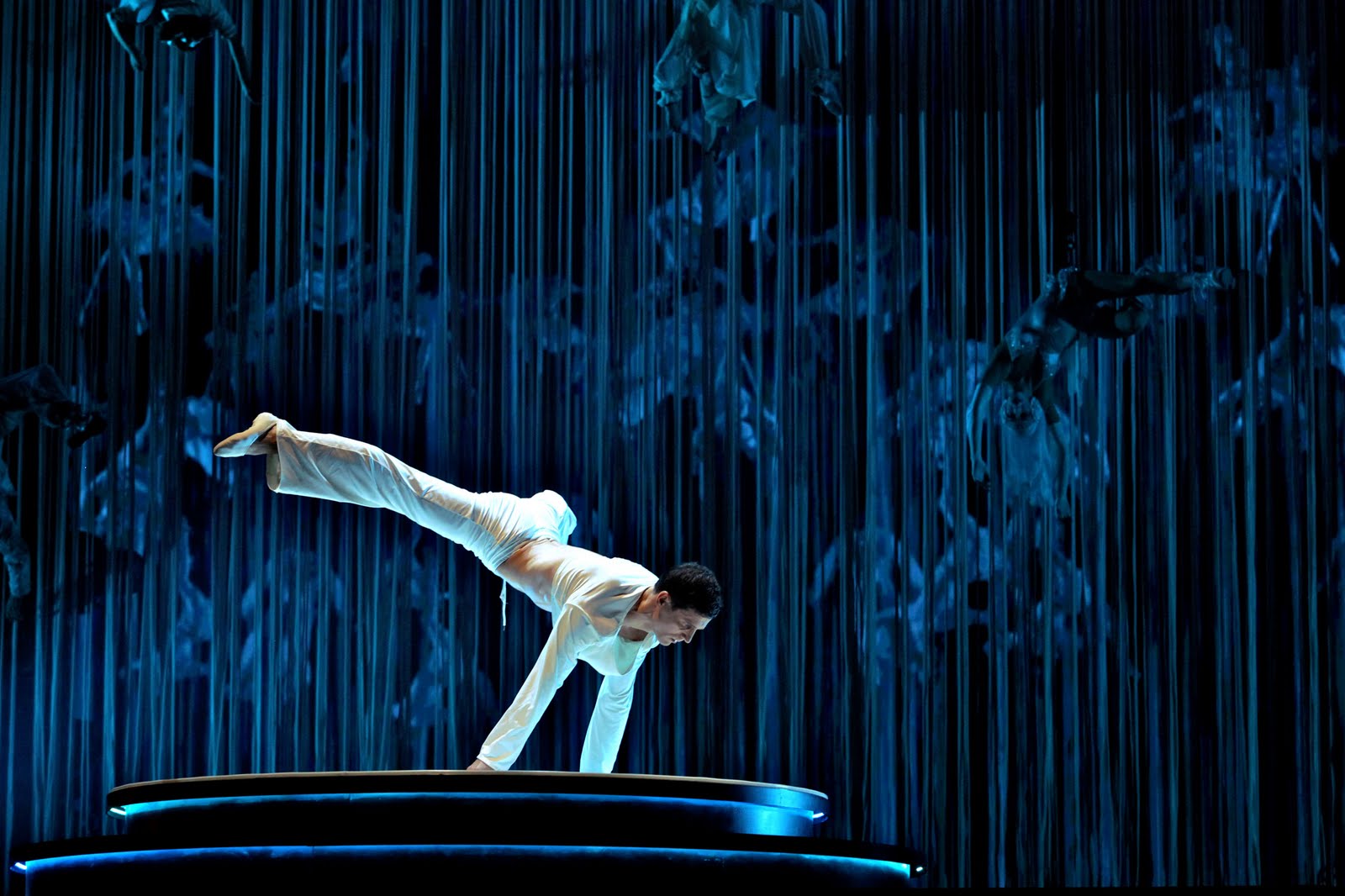I'm working out logistics for a show I'm interested in producing/directing and as a visual element in the show, I want for characters to be able to enter the scene through a changing series of still images and video footage....basically taking a character from a mental image to an actual body on screen.
Is there any recommend kind of material that could be front projected onto and yet safely walked through to accomplish this effect? Once walked through the image would disappear. To complicate things, the show is in the round in a very compact theatre, but this would be at one corner of the theatre, outside the mainstage.
Ideally I see this as some kind of beaded curtain, as that can more easily be repurposed as a visual element of a scene when not being projected on, but if that's not feasible, at least something, likely in two overlapping panels, that are weighted enough so that they would hang flat for the next time someone needs to walk through the scene.
Any advise is appreciated.
Many thanks,
Stuart
Is there any recommend kind of material that could be front projected onto and yet safely walked through to accomplish this effect? Once walked through the image would disappear. To complicate things, the show is in the round in a very compact theatre, but this would be at one corner of the theatre, outside the mainstage.
Ideally I see this as some kind of beaded curtain, as that can more easily be repurposed as a visual element of a scene when not being projected on, but if that's not feasible, at least something, likely in two overlapping panels, that are weighted enough so that they would hang flat for the next time someone needs to walk through the scene.
Any advise is appreciated.
Many thanks,
Stuart



